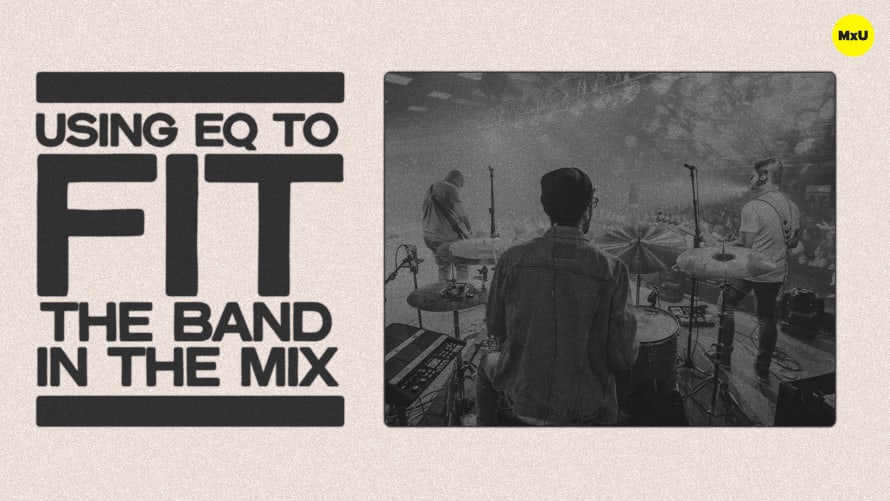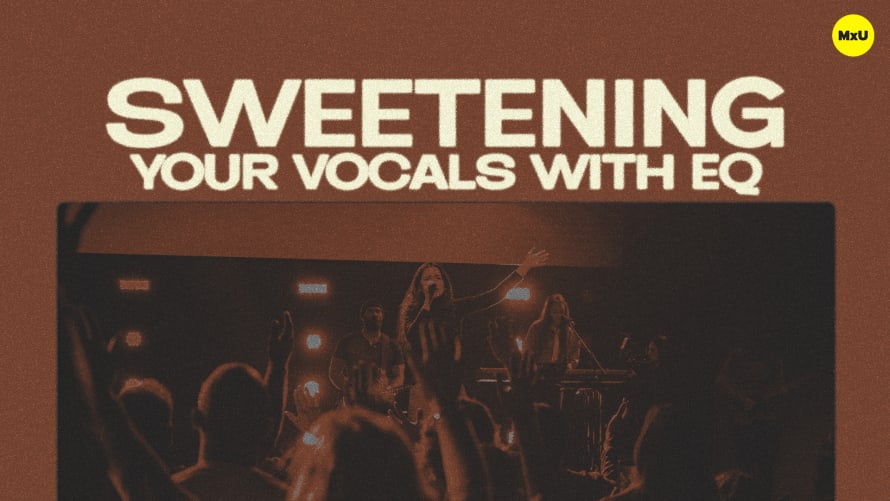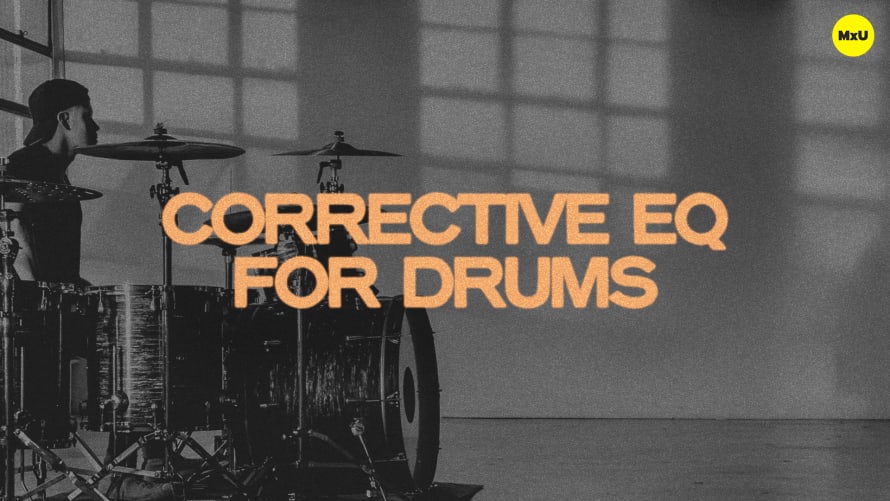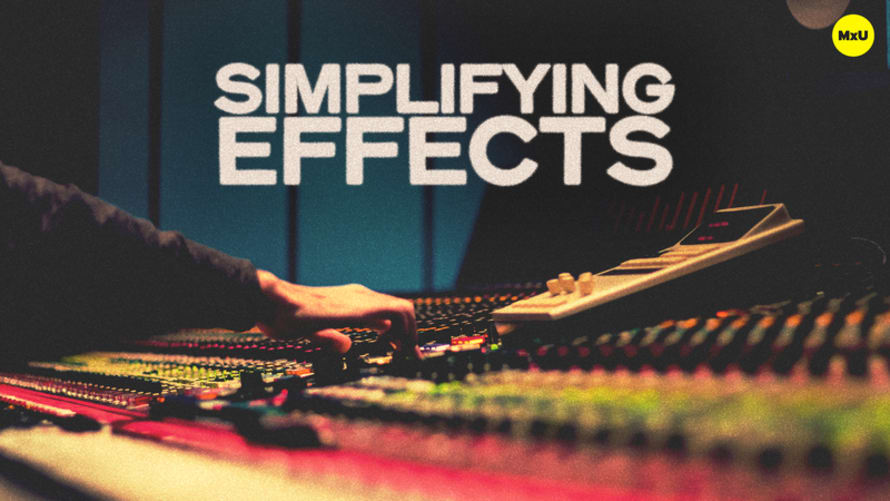Using EQ to Fit the Band in the Mix


Continue watching
Sign up to continue watching Using EQ to Fit the Band in the Mix
Pricing
Starting at $19.95 /mo
More in MxU
Refine the elements of your band, beyond just drums. Trey walks through his EQ for an upright bass, electric guitars, keys and a grand piano. This process involves direct pickups, virtual instruments, and EQ tweaks leading to major results. The goal is to create clarity, balance, and a cohesive sound which sets the stage for integrating vocals into the mix.
Key Points:
- When EQ’ing an upright bass, focus on cleaning up the low end with a high-pass filter. Sometimes, you may need to make some aggressive EQ adjustments. These adjustments ensure the upright bass fits well in the mix without overpowering the other elements.
- When mixing keys, the goal should be to prevent the mid-range from clashing with the vocals.
- For a grand piano, apply high-pass filtering to manage the piano’s broad frequency range. This ensures that it complements, rather than competes with, the bass and drums.
- When you’ve dialed in each specific instrument, it’s important to listen to them all together. Make finer EQ adjustments to ensure a balanced mix where each part is clear without muddying the sound.
- Anticipate the addition of vocals early on in your mix. Adjust the mid-range frequencies of instruments, especially keys, to leave space for the vocals to shine through.
- Review your mix before moving to compression. Make slight EQ adjustments based on the sound of the instruments. This sets the foundation for vocal integration and more dynamic processing.









